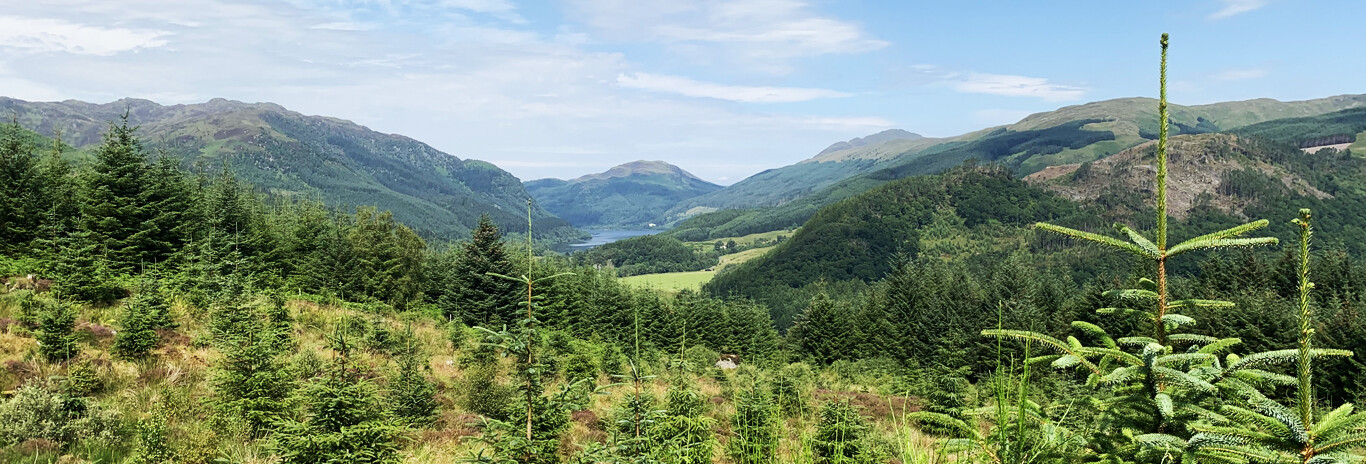Stirling

Stirling is a city in central Scotland. The city is clustered around a large fortress and medieval old-town. Stirling is the administrative centre for the Stirling council area, and is traditionally the county town of Stirlingshire. The city is located several kilometres to the west of the mouth of the River Forth. Historically it was strategically important as the "Gateway to the Highlands", with its position near the Highland Boundary Fault between the Scottish Lowlands and Highlands, indeed, it has been described as the brooch which clasps the Highlands and the Lowlands together.
Its historical position as the nearest crossing of the Forth to the river mouth meant that many of its visitors were in fact invaders. The beast of Stirling is the wolf, which it shares with Rome. According to legend, when Stirling was under attack from Viking invaders, a wolf howled, alerting the townspeople in time to save the town. It is also claimed that the last wolf in Scotland was killed in Stirling.
Once the capital of Scotland, Stirling contains the Great Hall (restored 1999) and the Renaissance Palace (restoration completed 2011) within the Castle that rivalled any building in Europe at the time. Stirling also has its medieval parish church, The Church of the Holy Rude, where King James VI was crowned King of Scots on 29 July 1567. The Holy Rude still functions as a living church with a service every Sunday.
Stirling is a centre for local government, higher education, retail, and industry. In 2012, the population of the City was 45,750. The wider Stirling council area has a population of 89,850. The majority of the population is located in its southeast corner, in the City of Stirling and in the surrounding area.
Its historical position as the nearest crossing of the Forth to the river mouth meant that many of its visitors were in fact invaders. The beast of Stirling is the wolf, which it shares with Rome. According to legend, when Stirling was under attack from Viking invaders, a wolf howled, alerting the townspeople in time to save the town. It is also claimed that the last wolf in Scotland was killed in Stirling.
Once the capital of Scotland, Stirling contains the Great Hall (restored 1999) and the Renaissance Palace (restoration completed 2011) within the Castle that rivalled any building in Europe at the time. Stirling also has its medieval parish church, The Church of the Holy Rude, where King James VI was crowned King of Scots on 29 July 1567. The Holy Rude still functions as a living church with a service every Sunday.
Stirling is a centre for local government, higher education, retail, and industry. In 2012, the population of the City was 45,750. The wider Stirling council area has a population of 89,850. The majority of the population is located in its southeast corner, in the City of Stirling and in the surrounding area.
